Dive into the universe of user engagement—a dynamic intersection where users, products, and interactive experiences collide to shape impactful relationships ⚡. User engagement isn’t just superficial metrics like click-through rates or page views. It’s about fostering a deep connection that magnetically pulls users back to your product, time and again.
Let’s illustrate with a few examples:
- In the niche of e-commerce, think about the shopper who returns daily, eagerly adding items to their wish list.
- Consider the avid gamer who spends hours immersed in an exciting RPG, ever eager to unlock the next level.
- Reflect upon a social media enthusiast who enthusiastically shares and likes posts, thereby boosting platform activity.
Achieving this level of engagement involves crafting a product that’s functional and user-friendly, and capable of creating a memorable, delightful user experience.

User engagement, therefore, serves as a critical barometer to measure the success of your product ?. That’s where tools like Plerdy come into play, offering a comprehensive solution for improving your product’s UX and optimizing it for peak user engagement. So, get started with Plerdy today, and embark on your journey towards mastering user engagement. Let your product be the engaging flame, attracting users like moths to a radiant light. Make them feel part of your product’s narrative, encouraging engagement and loyalty.
Definition And Importance Of User Engagement
User engagement is the golden thread that weaves the fabric of success for any product. It’s the measurement of a user’s interaction and affinity with a product or service. Picture this: a visitor lands on a website, clicks around, and gets hooked. That’s engagement in action. It’s a barometer indicating how much value users draw from a product.
Let’s break down types of engagement:
- Active Engagement: Users eagerly partake in discussions, share content, or make purchases.
- Passive Engagement: Users consume content or simply browse without directly interacting.
Illustrative examples bring engagement to life:
- In streaming services, suggestions based on preferences keep users coming back.
- For fitness apps, custom workout plans encourage users to log in daily.
Engagement, however, isn’t just about numbers; it’s the quality of interactions that counts. In online communities, for instance, users who frequently contribute high-quality content have a higher engagement rate. Similarly, in mobile gaming, players who join clubs or participate in events are more engaged.
In a nutshell, user engagement is the lifeblood that keeps a product vibrant and relevant. It’s the magnetism that not only attracts users but turns them into brand ambassadors, passionately championing your product. It’s time to buckle up, foster user engagement, and skyrocket your product’s journey to success.
Evolution of user engagement to 2023
User engagement has been on an exciting roller-coaster ride. From the early days of static web pages to the dynamic and immersive experience of 2023, the landscape has undergone a tectonic shift. Once, mere page views sufficed. Now, personalization, interactivity, and value-driven content reign supreme.
Dive into some watershed moments:
- Social Media Surge: The explosion of social platforms empowered users to voice opinions, become content creators, and rally around brands.
- Mobile Revolution: The advent of smartphones made products accessible 24/7, and apps became a mainstay for engagement.
- Interactive Content: Polls, quizzes, and live videos have drawn users in, making them active participants rather than bystanders.
- AI & Personalization: Machine learning algorithms now deliver tailor-made content, striking a chord with individual tastes.
For example, streaming platforms like Netflix and Spotify now rely on complex algorithms to dish out recommendations. The fitness industry is cashing in, too – wearables like Fitbit engage users by tracking steps, monitoring heart rates, and even suggesting workouts.
Fast-forward to 2023, and the tide of engagement keeps swelling. Users anticipate experiential moments and products that fail to adapt risk sinking into oblivion. In conclusion, the journey of user engagement is one of innovation and adaptation, where cutting-edge technology and user-centric strategies drive the narrative, and the product becomes an extension of the user’s lifestyle.
Key Metrics Of User Engagement
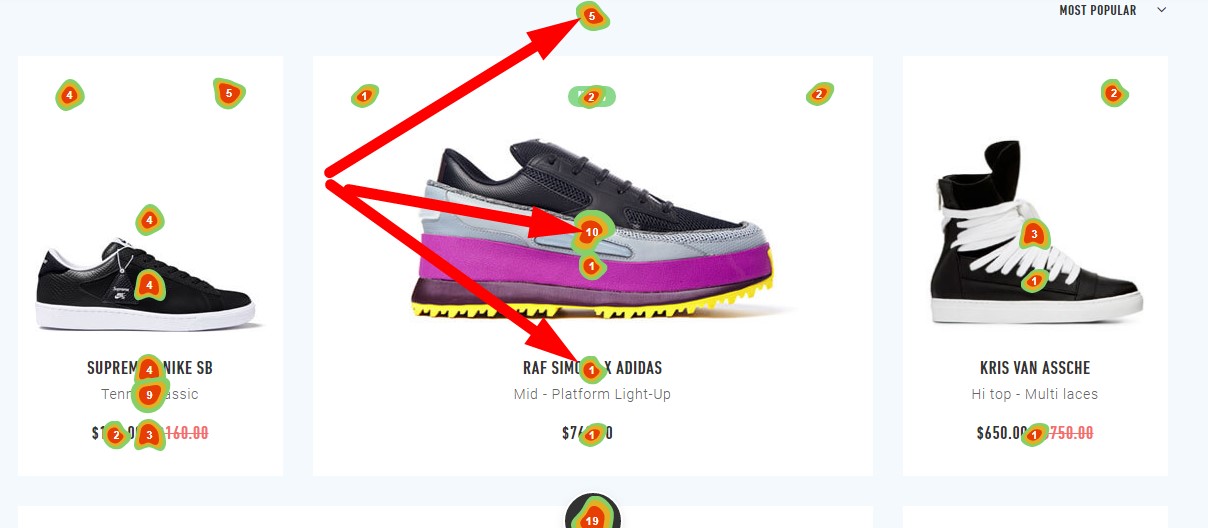
In 2023, user engagement metrics are turbo-charged with advanced analytics, turning raw data into a treasure trove of insights. Tracking these metrics aids in fine-tuning your product to the pulse of the user base.
Check out these key metrics:
- Session Duration: The time spent by users in a single visit. For example, e-books platforms hone in on how long readers stay, optimizing content accordingly.
- Screen Flow: This follows the user’s navigation through an app, letting you pin down what grabs attention.
- Interaction Rate: Track likes, shares, and comments. A high interaction rate on a lifestyle blog implies content resonates with the audience.
- Retention Rate: It showcases the percentage of users returning to your product. Online course platforms, for instance, utilize this to ascertain how many students re-enroll.
- Net Promoter Score (NPS): Measures customer loyalty. For instance, SaaS products thrive on high NPS as it’s indicative of user satisfaction.
Augmented reality (AR) adds spice to engagement too. Retail apps using AR to try on clothes virtually see increased interaction rates. Additionally, chatbots in customer service have evolved, resolving queries and proactively engaging customers.
To wrap it up, key metrics in 2023 are not just numbers but paint a picture of user behavior. By latching on to these insights, your product can morph to meet users’ desires and climb to the pinnacle of success.
Role Of Ai And Machine Learning In Enhancing User Engagement
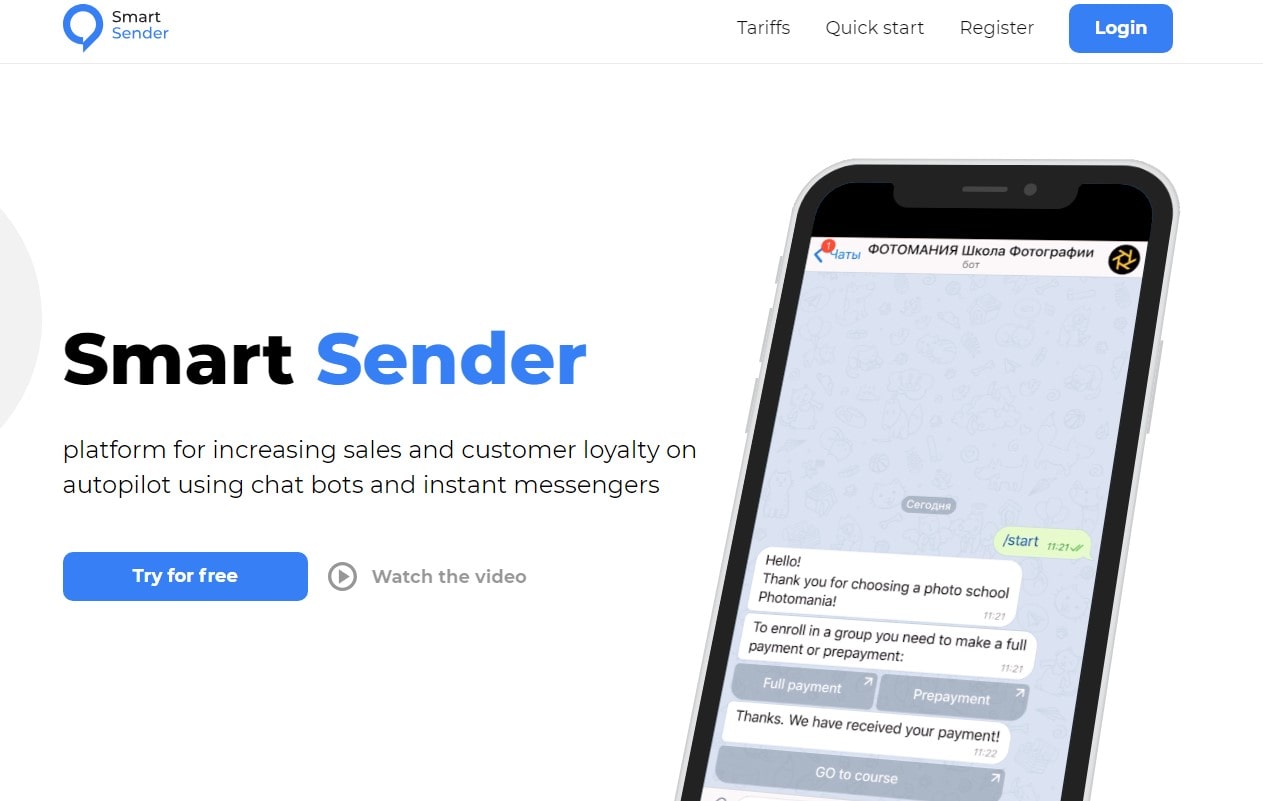
AI and machine learning are like rocket fuel, propelling user engagement to stratospheric levels. These technologies fine-tune the user experience by customizing content, predicting behavior, and creating interactive interfaces.
Here’s how they pump up engagement:
- Personalized Recommendations: Machine learning algorithms analyze user preferences to offer tailor-made suggestions. For instance, Spotify’s Discover Weekly playlist is curated based on users’ listening habits.
- Smart Chatbots: AI-driven chatbots simulate human conversation, providing instant support and keeping users engaged.
- Predictive Analysis: AI can forecast trends, helping marketers to dish out content users are likely to engage with.
- Behavioral Analytics: Machine learning can sift through data to understand user behavior, enabling products to adapt dynamically.
In fintech, robo-advisors leverage AI to furnish personalized investment advice, keeping users engaged by aligning suggestions with their financial goals. In the healthcare sector, AI-powered apps monitor patient data and provide health advice or reminders, ensuring sustained engagement.
In essence, AI and machine learning act as virtual concierges, making users feel valued and understood. They cultivate deeper connections between users and products by delivering a bespoke experience. With AI and ML at the helm, products morph into indispensable allies for users, and engagement turns into an exciting journey of discovery and fulfillment. In a rapidly evolving digital landscape, those who harness the prowess of AI are set to lead the pack.
The Impact Of Ar, Vr And Mixed Reality On User Engagement

AR, VR, and reality are the turbo engines driving user engagement through immersive experiences. These cutting-edge technologies pull users into vivid, interactive realms, making engagement a sensory adventure.
Observe their impact:
- AR’s Real World Link: AR superimposes digital elements onto the real world. Retail brands, for instance, use AR for virtual try-ons, letting customers experience products without being physically present.
- VR’s Full Immersion: VR submerges users in a simulated environment. In education, VR transports students to historical sites or inside a human cell, amplifying learning through engagement.
- Mixed Reality’s Best of Both Worlds: Combining AR and VR, mixed reality lets users interact with digital objects in a real environment. In design, architects can walk through 3D models of their creations, making adjustments on the fly.
These technologies turn engagement into a two-way street, where users actively interact and mold their experience. Instead of passively consuming content, they steer the narrative.
In conclusion, AR, VR, and mixed reality are rewriting the rulebook of user engagement. By rendering rich, captivating experiences, they foster a deeper bond between the user and the product. This symbiosis not only elevates user satisfaction but also catapults products into the limelight as pioneers in innovation and customer experience.
Importance Of Mobile Responsiveness And App Engagement
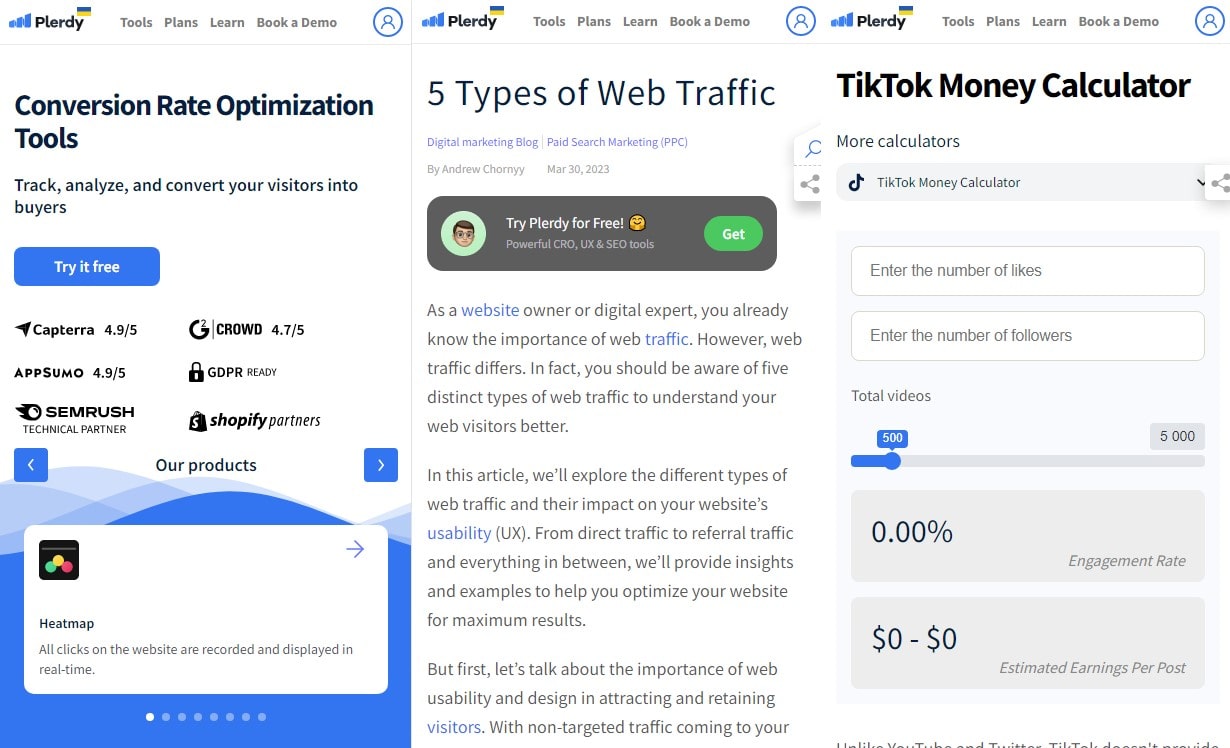
Mobile responsiveness and app engagement are the dynamic duo propelling products to the forefront of user satisfaction. In an age where smartphones are extensions of ourselves, products must fluidly adapt to various screen sizes and operating systems to captivate users.
Witness the impact:
- Seamless Transition: Users detest disjointed experiences. Mobile responsiveness ensures a smooth transition between devices. For instance, reading apps like Kindle preserve your spot, notes, and highlights across devices.
- Optimized Performance: A mobile-optimized product garners swift loading times and impeccable functionality, which is crucial in e-commerce. Snappy performance keeps users engaged and rockets conversion rates.
- Interactive App Engagement: Push notifications, in-app messages, and personalized content keep users hooked to apps. Fitness apps, for instance, use daily challenges and progress tracking to keep users returning for more.
In the hustle and bustle of modern life, users crave efficiency and instant gratification. Mobile responsiveness ticks these boxes, delivering a streamlined, satisfying experience irrespective of the device. Meanwhile, app engagement techniques keep users entangled in a web of value, making the product indispensable.
Mobile responsiveness and app engagement go hand in hand – a tour de force that not only satisfies users but also carves out a product’s niche in an ever-competitive market. Savvy brands know that mastering this duo is a ticket to long-lasting success.
The Social Media Factor in User Engagement
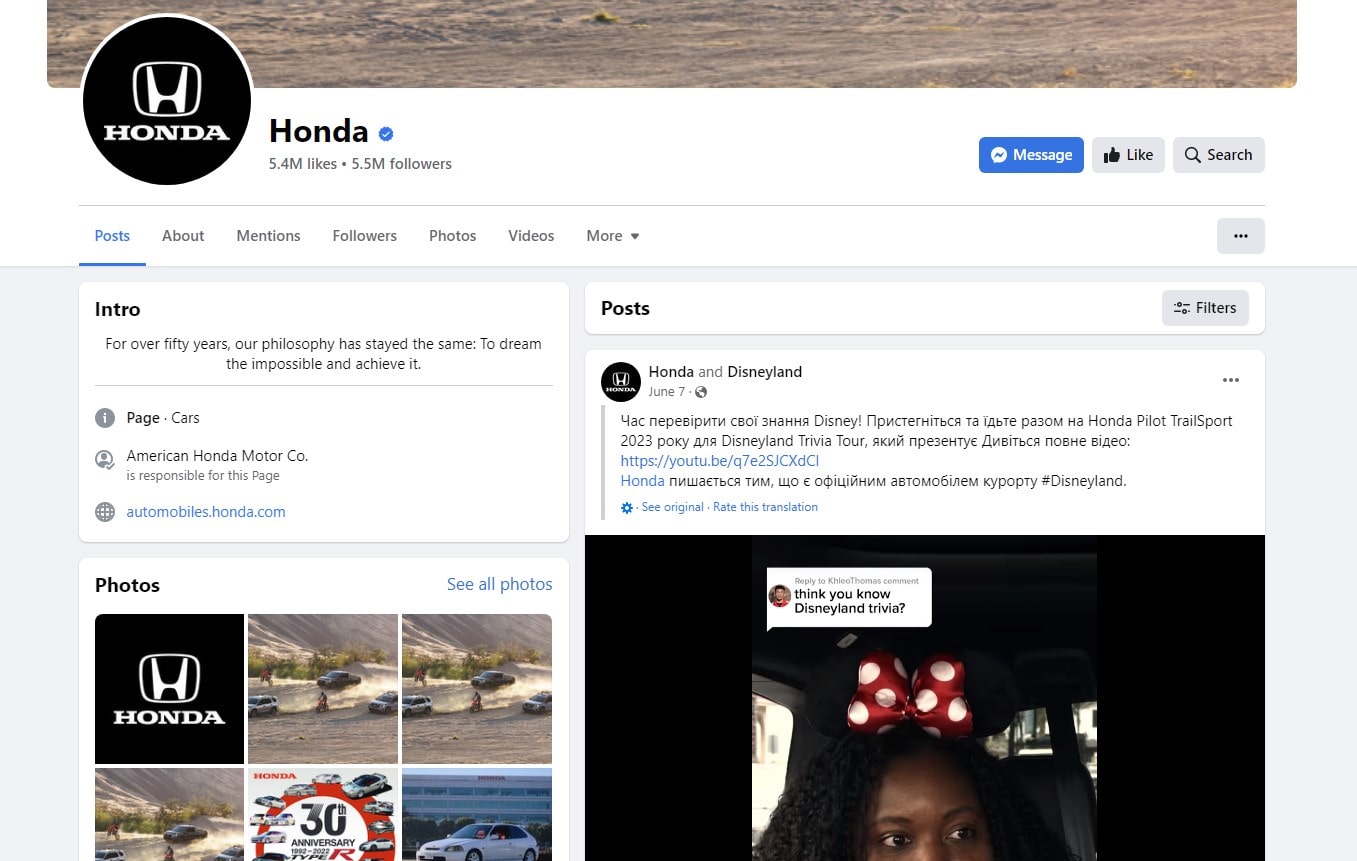
Social media is the elixir that supercharges user engagement. Platforms like Facebook, Instagram, and Twitter have morphed into bustling marketplaces where products can interact with users in real time, fostering relationships that transcend mere transactions.
Witness the transformation:
- Community Building: Brands forge communities, kindling discussions around their products. For instance, fitness brands hosting Instagram Live workouts or sharing healthy recipes build rapport with their audience.
- Instant Customer Support: Twitter’s become a go-to platform for support, where users expect prompt assistance. Companies that respond quickly win brownie points for customer service.
- Interactive Content: Polls, stories, and quizzes keep users engaged, and Instagram reels enable users to digest captivating content in bite-sized morsels.
Social media carves out a direct channel to the user, where products can flaunt their personality, gauge user sentiment, and even perform damage control with ease. It’s a symbiotic ecosystem where engagement feeds on the freshness and relevance of content. In a nutshell, social media breathes life into user engagement by providing a platform for continuous interaction, enrichment, and feedback. Brands that skillfully navigate these choppy waters are destined to dock at the harbor of customer loyalty and success.
Role Of Personalization In User Engagement
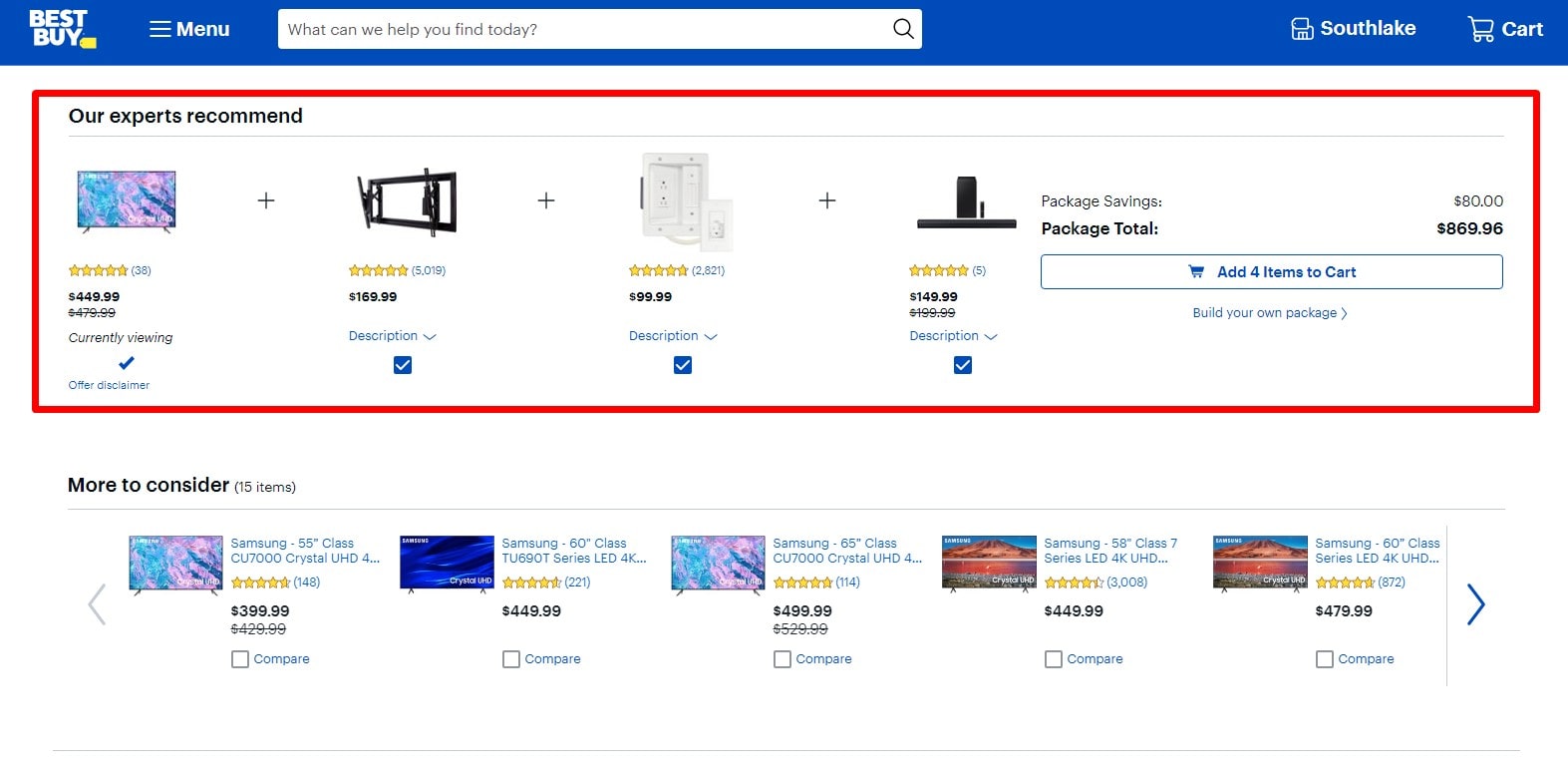
Personalization is the spice that jazzes up user engagement – it’s the act of tailoring a product’s features and content to fit like a glove around individual user preferences and needs. When users feel that a product resonates with their persona, engagement inevitably skyrockets.
Peek into the wonders of personalization:
- Customized Content: News apps like Flipboard that curate content based on users’ interests make it difficult for users to tear themselves away.
- Product Recommendations: E-commerce giants like Amazon make a killing by suggesting products based on browsing history, ensuring users find exactly what they fancy.
- Tailored User Experience: Apps like Spotify, with personalized playlists and song suggestions, turn casual listeners into die-hard fans.
With technology at our fingertips, the ability to glean insights from user data is a breeze. Forward-thinking brands leverage this data to mold their product’s experience to perfection. Whether it’s by serving up content that hits the sweet spot or by streamlining the user journey, personalization breathes soul into a product. It transforms sterile interactions into a symphony of experiences that speak directly to the user. For brands that yearn to build unwavering loyalty and keep visitors coming back for more, personalization is the compass that points the way.
Strategies For Increasing User Engagement On Social Media
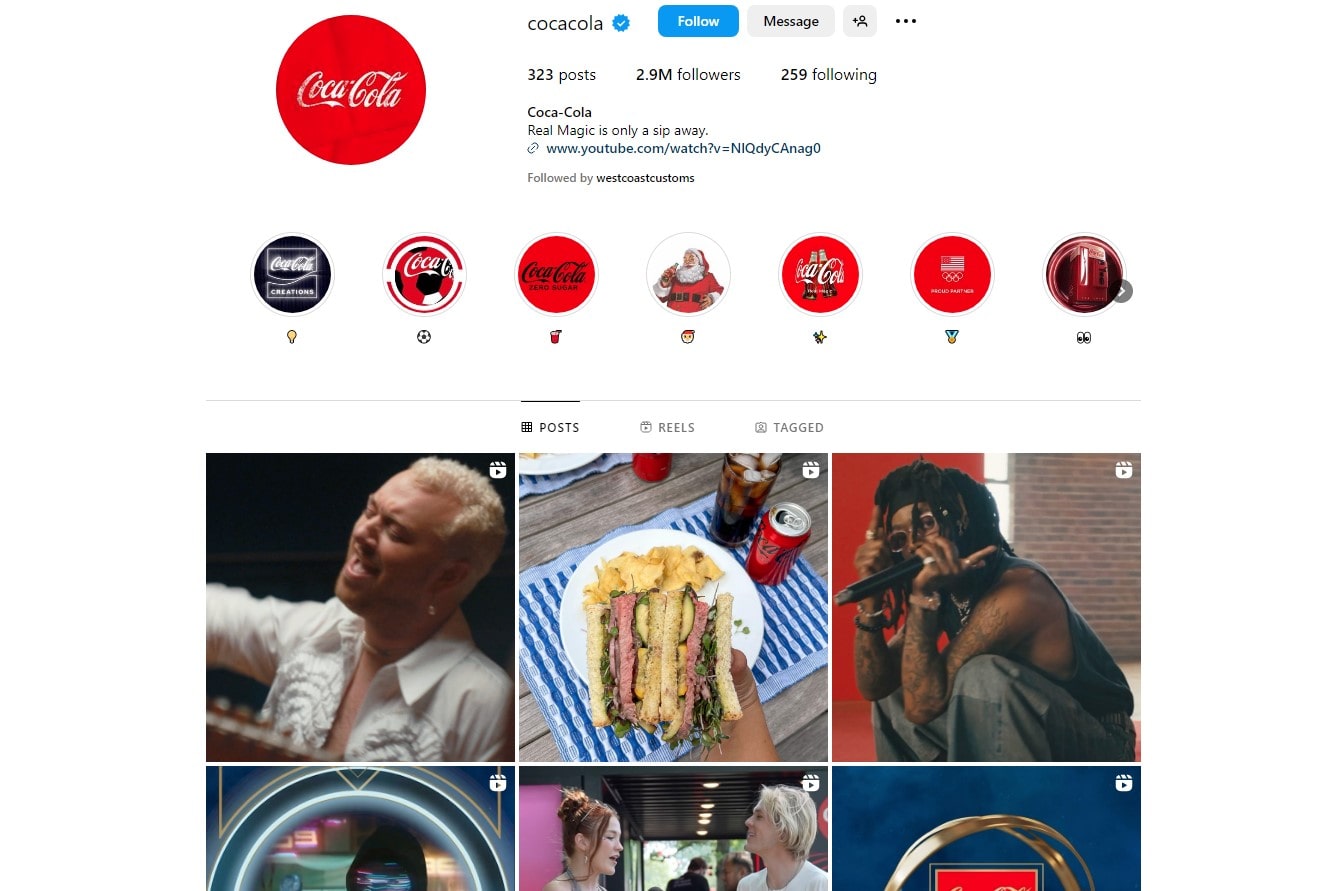
In the social media landscape, user engagement is the gold everyone’s digging for. Here’s the treasure map that leads to a hoard of likes, shares, and comments:
- Go Live: Real-time interaction pulls in the crowd. Instagram, for example, lets users broadcast videos to followers who can comment and react on-the-fly.
- User-Generated Content (UGC): Encourage and share content created by your audience. Coca-Cola’s “Share a Coke” campaign, which emblazoned cans with people’s names, lit social media ablaze with people posting pictures of personalized cans.
- Hold Contests: People love free stuff. Run a contest where users post content, tag friends, or share stories to win prizes.
- Chatbots: Use chatbots to speedily address user inquiries and feedback.
- Vary Your Content: Mix up video, images, infographics, and polls to cater to diverse tastes. For instance, National Geographic’s Instagram combines stunning visuals, videos, and storytelling that keeps users glued.
Keep in mind that social media is a two-way street; it’s about conversations. For engagement to flourish, active participation is key. That means timely responses to comments, sparking discussions, and being in tune with your audience’s vibes. Social media is not a megaphone – it’s a space to build connections. So, roll up your sleeves and dive into the heart of the conversation.
Content and User Engagement
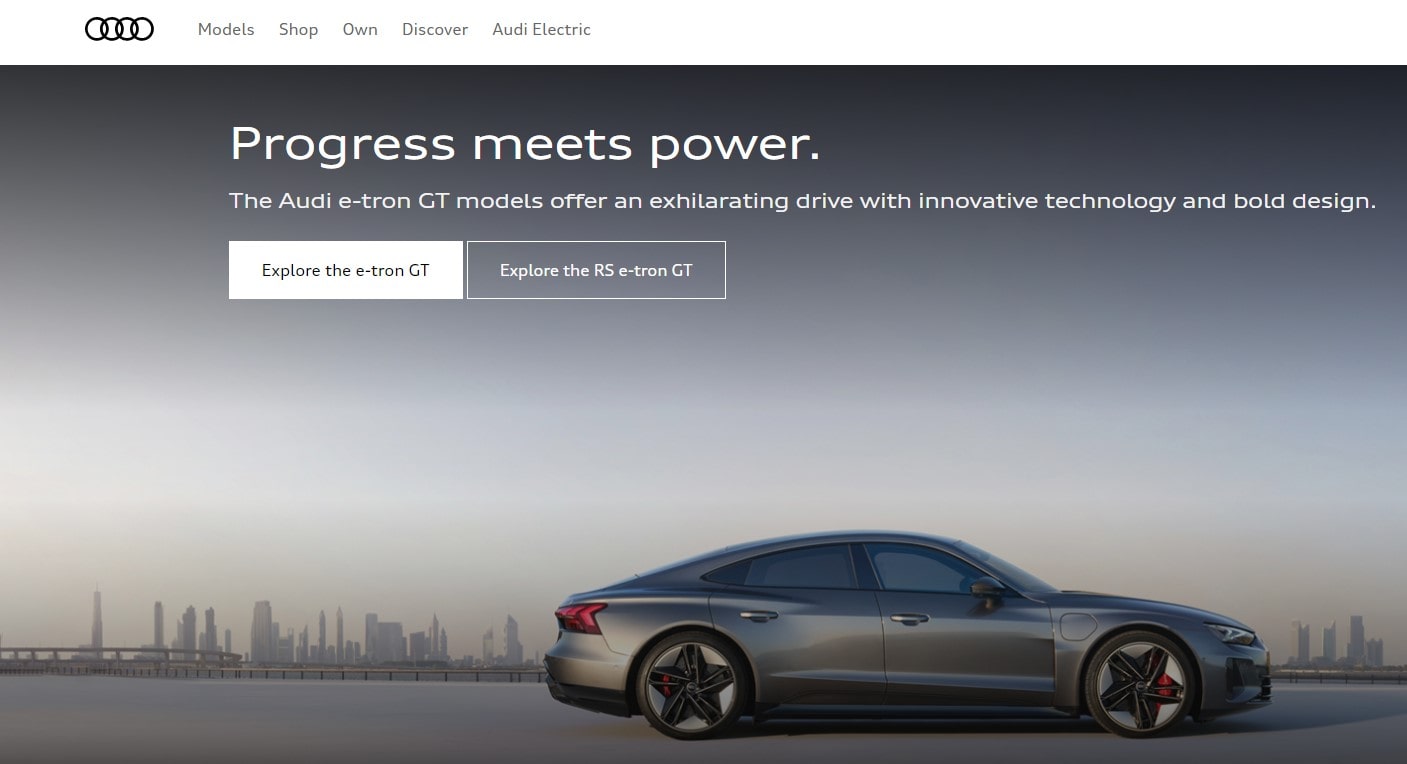
In the dynamic sphere of user engagement, content reigns supreme. It’s the backbone that holds the product together, forging connections and driving user actions. Robust, quality content fosters an unshakable bond with users. Let’s unwrap some strategies that elevate content to another level:
- Educate with Infotainment: The merger of education and entertainment serves up an irresistible platter. For instance, TED Talks effortlessly marries these two facets, keeping users hooked on intellectually stimulating content.
- Visual Storytelling: Humans are visual creatures; harness this through infographics, videos, and images. A culinary site, Tasty, has skyrocketed to popularity with their short, visually rich cooking videos.
- Interactive Elements: Incorporate quizzes, polls, and interactive videos to sustain interest and involvement. This works especially well for educational platforms.
- Personalized Content: Make use of user data to deliver content tailored to individual preferences.
Always remember, your product may be king, but content is the crown jewel that makes it regal. Give your users a reason to stick around, build rapport and trust through your content. It’s not just about passively consuming information – it’s about forging a community eager to engage with what you have to offer. Keep content vibrant and your user engagement will thrive.
User Engagement and SEO
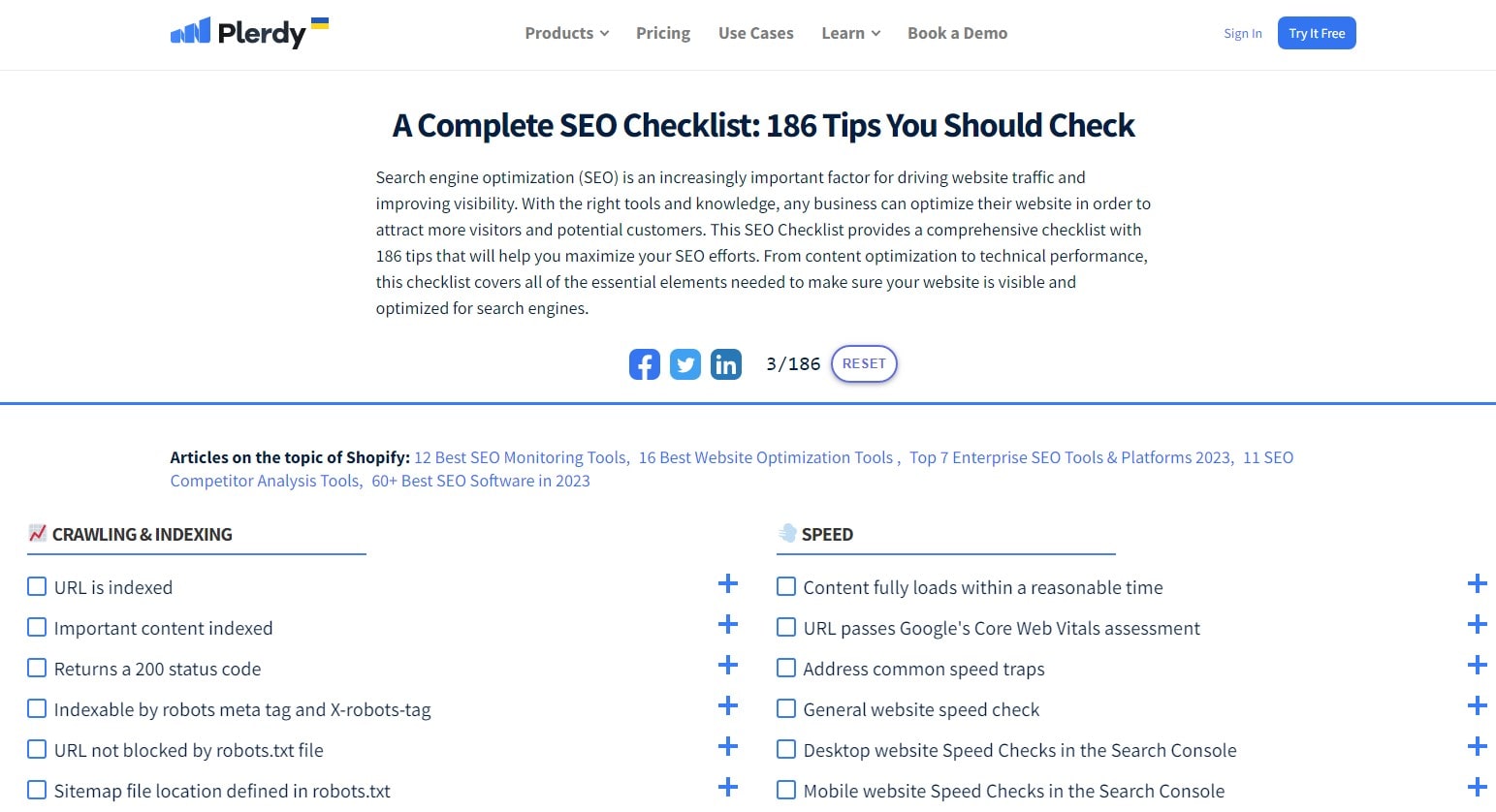
Elevating user engagement through SEO strategies is akin to forging a treasure map, guiding your audience right to your product’s doorstep. Smart SEO practices amplify user engagement, and here’s how you do it:
- Optimize Page Load Speeds: Users treasure swift experiences. For instance, e-commerce websites benefit tremendously from quick page loads, making shopping seamless and frustration-free.
- Deliver Rich Snippets: Featured snippets grab attention and get users to dive into your content. Recipes, DIY, and educational content excel when adorned with snippets.
- Local SEO for Physical Businesses: Brick-and-mortar establishments, like cafes and bookstores, can skyrocket footfall through local SEO. Make your place pop up as the go-to spot in local searches.
- Mobile Optimization: Create a splendid mobile experience. Travel blogs, for example, thrive when travelers can browse through suggestions smoothly on their phones.
Connect the dots between SEO and user engagement by ensuring your content is the lighthouse guiding users through the sea of information. As users find what they desire effortlessly, they are bound to stay, explore, and engage. It’s an intricate dance between delivering top-notch content and making it effortlessly reachable. Let SEO be the catalyst that propels your product into the laps of a delighted audience.
Conclusion
Embarking on the journey of user engagement, you’ve surely learnt how to tie the knots between users, engagement, and product. This process, like a well-crafted story, unfolds over stages: sparking interest, building emotional connections, and encouraging loyalty among users. It’s about pushing past the traditional limits and promoting a continuous interaction between users and your product.
Mastering user engagement doesn’t occur overnight—it’s a marathon, not a sprint. And the road is marked by tactics, strategies, and of course, the right tools. Speaking of which, Plerdy is your ultimate companion for SEO and UX analysis. It’s more than just a tool—it’s your business’s compass, guiding you towards better user engagement.
Fancy some highlights? Here you go:
- Products like WhatsApp and Google have set excellent benchmarks by focusing on usability and user experience, hence, churning out high user engagement.
- Plerdy and Mixpanel are strong examples of how powerful insights can help optimize user engagement.
Remember—every interaction counts, every emotion matters, and every user is unique. Start leveraging tools like Plerdy, and let your product be the beacon of memorable experiences. Let’s make every interaction count! ⚡?
